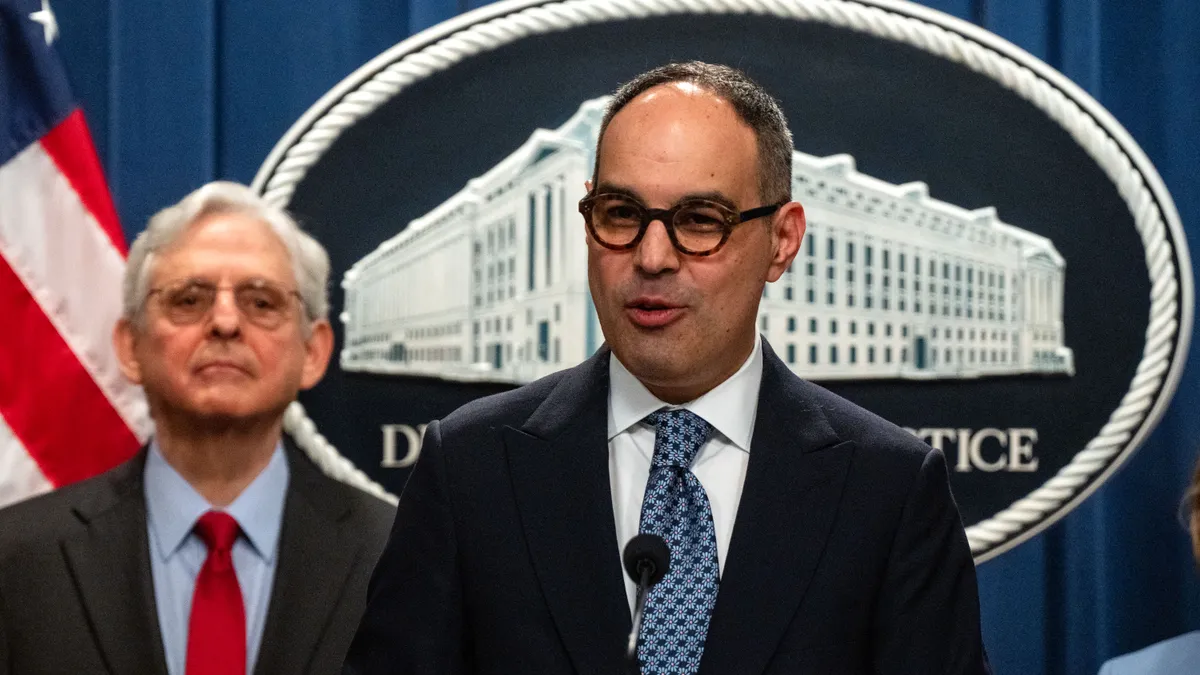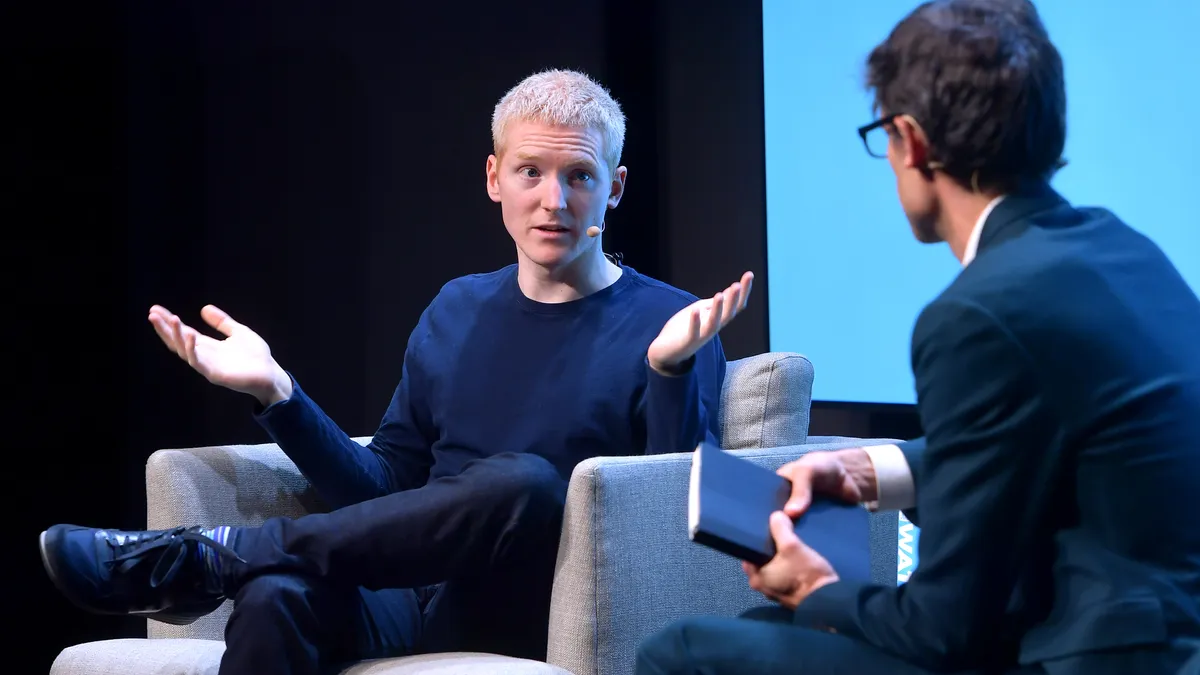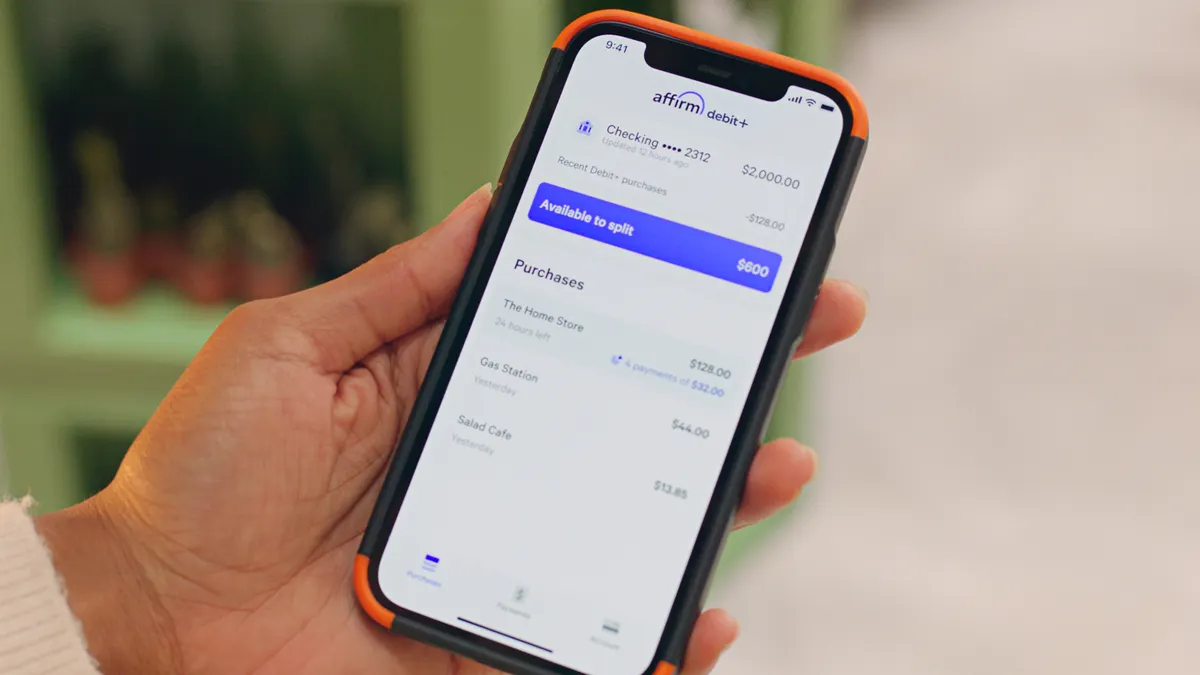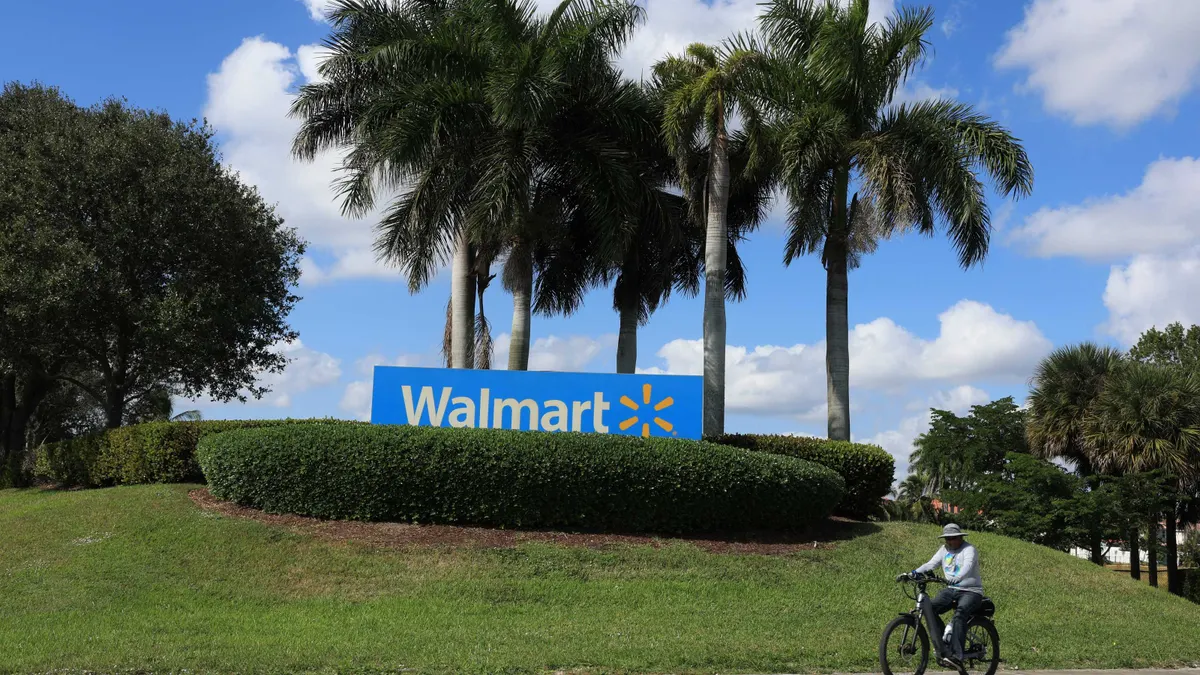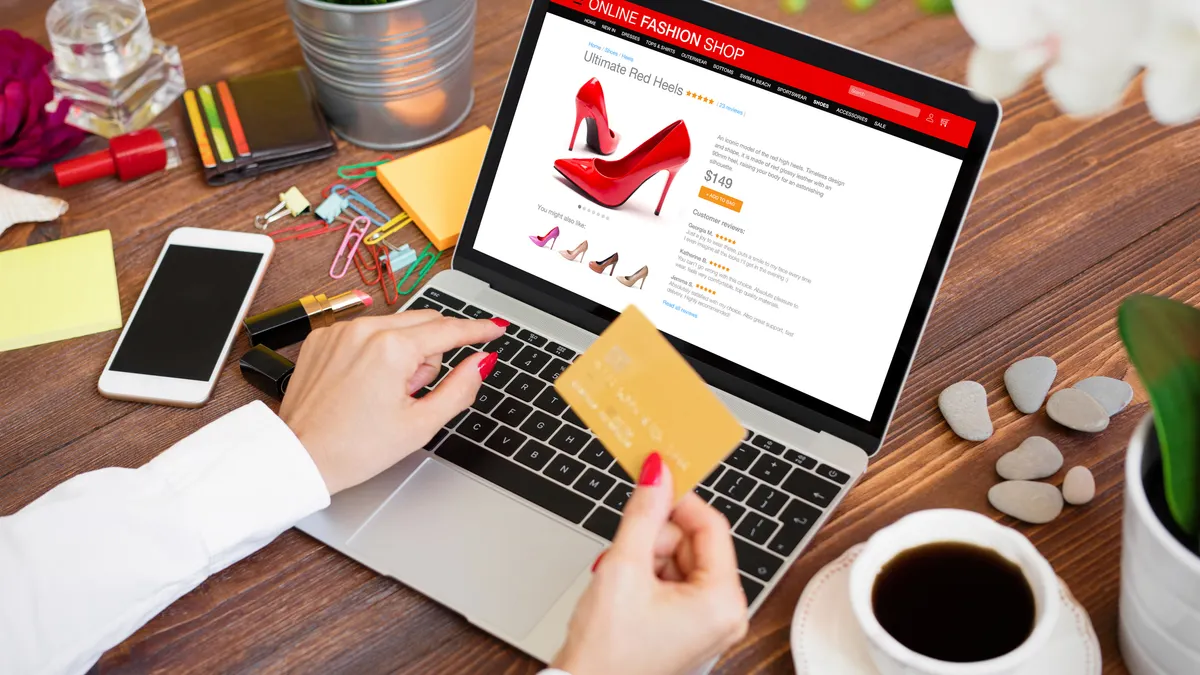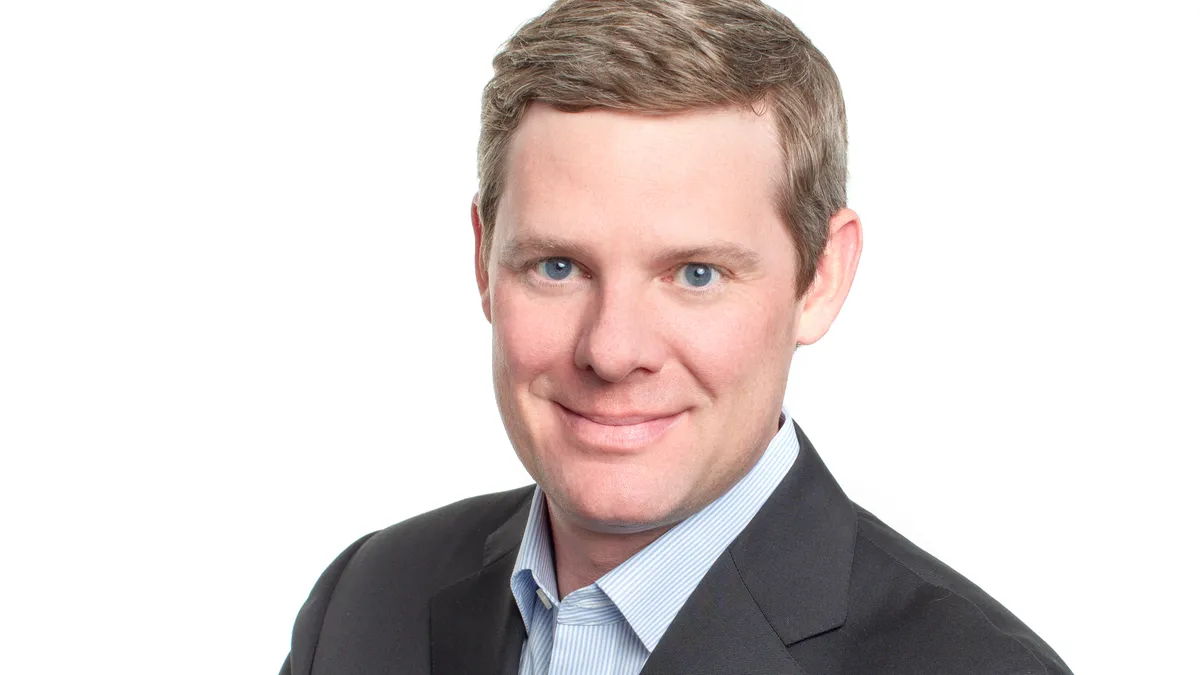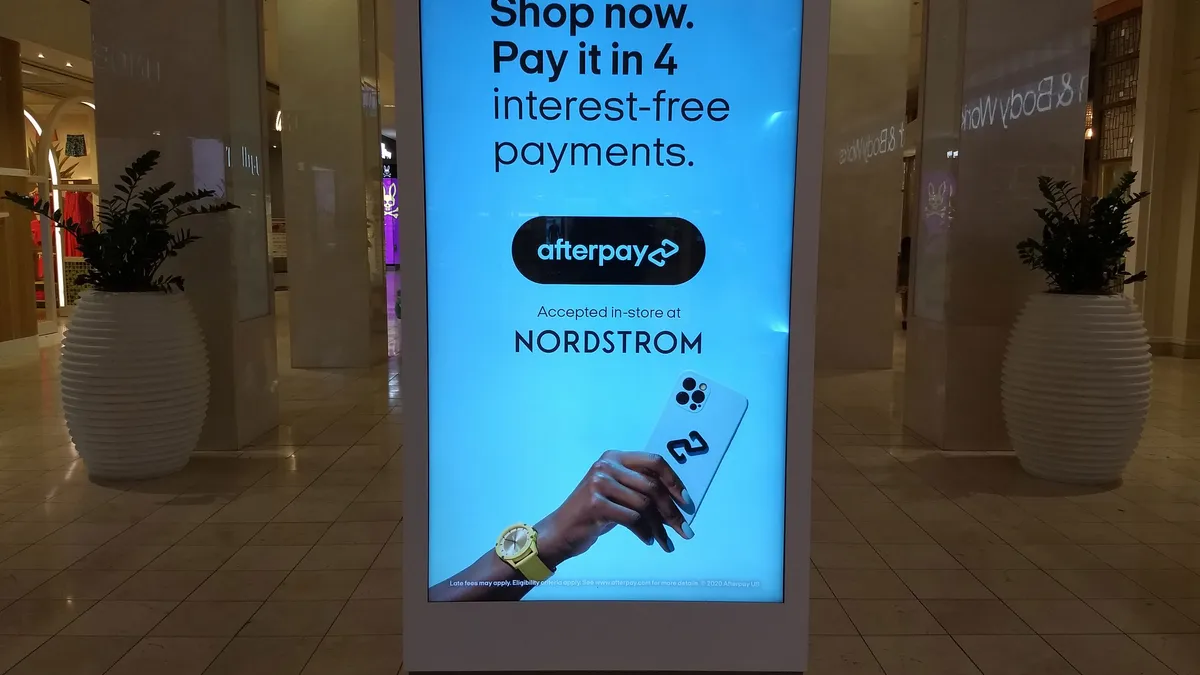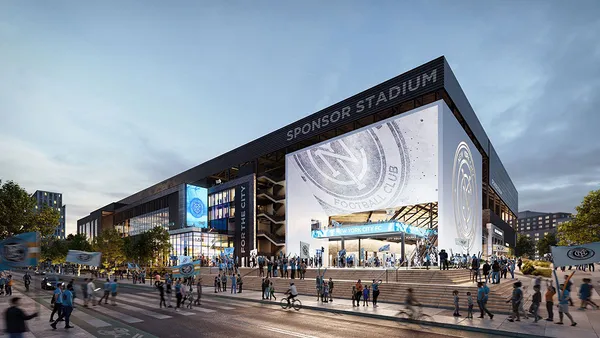Consumer Financial Protection Bureau researchers last week released a study concluding buy now, pay later services are not harmful to consumers, after the federal agency last month jettisoned a rule regulating BNPL.
The June 7 study, conducted by two economists in the CFPB’s research office, reviewed data from the six largest BNPL companies over several years and found few negative impacts on consumers who use the payment method. That was at odds with findings from a separate CFPB study, published in January, that concluded consumers who used BNPL options were piling on debt.
The clash of findings comes as the agency under President Donald Trump turns away from the prior administration’s efforts to regulate BNPL. On May 12, the bureau spiked an interpretive rule that would have regulated BNPL purchases like credit card transactions. The rule was first proposed under director Rohit Chopra, who was fired by Trump in February.
Buy now, pay later industry providers and supporters say the agency’s June study proves that BNPL does not harm consumers, while consumer advocates counter that there is nothing in the research that contradicts their view that buy now, pay later should be tightly regulated.
Consumer advocates who reviewed both studies said that neither supports the notion that buy now, pay later products make credit more accessible to consumers with poor credit history or no credit score, an argument often put forth by BNPL companies.
The buy now, pay later industry’s signature product is a payment split into four installments which are repaid over six weeks, with no interest charges. Some BNPL providers, however, have started offering longer-term loans, some of which accrue interest.
The study issued this month found that shoppers who use BNPL to buy goods and services generally don't load up on other types of debt and are overwhelmingly likely to repay BNPL providers in full.
“We do not detect analogous increases in non-BNPL debt balances,” for first-time buy now, pay later users, the abstract for the study said. “The results do not support a conclusion of negative impacts of first-time BNPL use on the ability of borrowers to repay non-BNPL loan obligations nor on several measures of financial distress.”
The research underscores what buy now, pay later companies have long asserted about their products, David Sykes, chief commercial officer for the Swedish BNPL company Klarna, said in an emailed statement. “BNPL is a smarter, more transparent alternative to high-interest credit cards,” he said.
The earlier January study found that 63% of buy now, pay later users took out multiple types of loans, and 33% took out loans from multiple BNPL companies at a time.
While the January report raised concerns about what is described as loan-stacking, the June report showed “the overall debt picture is not negatively impacted,” said Ian P. Moloney, head of policy and regulatory affairs for the American Fintech Council. Consumers are “maintaining the level of debt that's appropriate for them,” he said.
Supporters of the industry were also quick to note that the more recent study found that buy now, pay later users repay their loans 98% of the time. Credit cards, by contrast, have a default rate of around 10%, the study said.
The findings are in line with figures released by BNPL companies, said Miranda Margowsky, head of communications for the Financial Technology Association.
“This research confirms our own member company data showing that consumers are using BNPL responsibly and repaying in full and on time,” she said.
The latest study did, however, note that most buy now, pay later users must sign up for automatic payments, and “could be left without sufficient funds to repay non-BNPL debt obligations.”
The more recent study also seems to indicate that U.S. consumers who use buy now, pay later services do so infrequently, said Adam Rust, director of financial services for the Consumer Federation of America. “This says that people dip their toe in BNPL, use it sporadically, and continue to rely on other forms of credit,” he said, noting that the study mirrors his own thoughts on the issue. “It points to BNPL as something that people use once, and don’t really rely on.”
Moloney argued that the BNPL industry’s signature product is suited to more consumers than some other types of financing because it does not have late fees or accrue interest.
The studies don’t necessarily contradict one another because they use different data sets, Rust said. The January study reviewed 145 million BNPL applications made between 2017 and 2022. The study released last week reviewed a 16% random sample of loan applications from the six largest buy now, pay later providers between 2019 and 2022. Also, the latest study focused more on first-time users.
A CFPB spokesperson did not respond to a request for additional comment about the findings of either study.
Lauren Saunders, associate director for the National Consumer Law Center, contended the latest CFPB study didn’t counter earlier research that raised concerns over BNPL use. "The June study does not refute the negative impacts of buy now, pay later credit found by other studies and surveys," Saunders said.
She referred to a May report from the research firm Bankrate that found roughly half of BNPL users had experienced some type of setback, be it a missed payment or a problem with refund.
Also, a survey by the loan marketplace LendingTree released in April said 41% of U.S. consumers who use buy now, pay later services had made a late payment within the last year.
Research on buy now, pay later must continue because the number of consumers and merchants who use and offer the service is still comparatively low, stressed Chuck Bell, programs director for Consumer Reports.
The Bankrate survey results showed 30% of U.S. adults said they had used BNPL at least once.
“The researchers are careful to point out that the average amounts of BNPL debt assumed by borrowers [in the June study] are very low, and may increase over time as BNPL becomes more widely adopted by merchants and consumers in multiple sectors of the economy,” he said.




